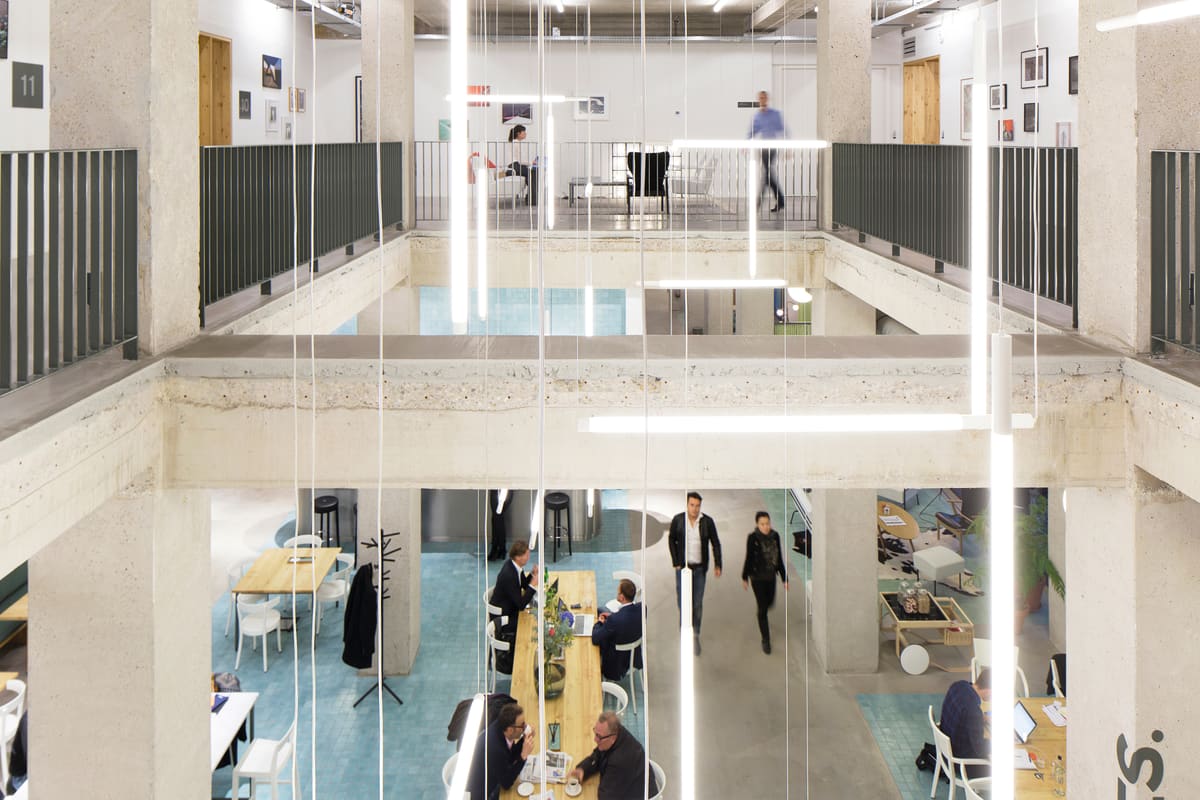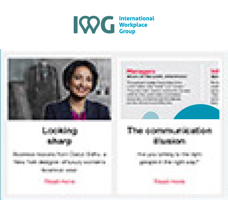Companies are increasingly realising that hybrid working brings lower costs.
Office rent is typically one of a company’s biggest costs. But the new hybrid working model – where people can work remotely at home and at local workspaces, making the occasional visit to a head office – means those costs can be considerably reduced.
According to global real estate consultancy JLL, the most expensive premium office rental markets in the world are Hong Kong, New York, Beijing and London, costing as much as US$313 per square foot in 2020. But one of the many benefits of hybrid working is that offices no longer have to accommodate all of their employees at the same time, meaning companies can downsize their workspaces. The result is a leaner corporate real estate (CRE) footprint, and the opportunity to increase profit margins.
“Years ago, Microsoft used to build an individual office for every single employee,” says Doug Demers, Managing Principal at B+H Architects and the Centre for Advanced Strategy. “It was part of their attraction as an employer: ‘Come work for us, you get an office.’ It served them well for a period of time, and then you saw the shift.
“I think this is another one of those shifts, where there’s going to be economic benefit to being more efficient in your portfolio model and how you use office space. The smarter people are adapting them and using them to their advantage.”
Having a smaller CRE footprint also means lower utility bills, cleaning fees and office equipment costs, contributing yet further to reduced overheads. According to Global Workplace Analytics, a typical employer can save about US$11,000 every year for every person who works remotely for half of the week.
Increased flexibility benefits the bottom line
Although some companies are getting rid of central offices entirely, moving to a binary combination of working from home and local flexspaces, the prevailing trend is for a hybrid model in which a corporate HQ still plays an important role in operations. Increasingly, organisations are adopting a hub-and-spoke approach, using a number of satellite coworking spaces that are closer to employees’ homes in combination with an inner-city central office.
Avoiding long, rigid office leases that can turn out to be cripplingly expensive is particularly important for companies that are expanding either overseas or domestically, and providing employees with access to satellite flexspace allows businesses to expand (or contract) directly in line with how many employees they actually have. Standard Chartered Bank and NTT are among several global firms that have partnered with IWG using this model.
“In the past, we would just go out and get a long-lease office with 50 or 100 seats, but flexibility is very important in this current environment and access to IWG flexspace gives us that,” says Arvind Kumar, Global Vice President, NTT Global Sourcing.
Companies’ realisation of the reduced overheads brought by hybrid working is one of ten trends identified in IWG’s white paper, The Future of Work: a trends forecast for 2022. You can download it here.






